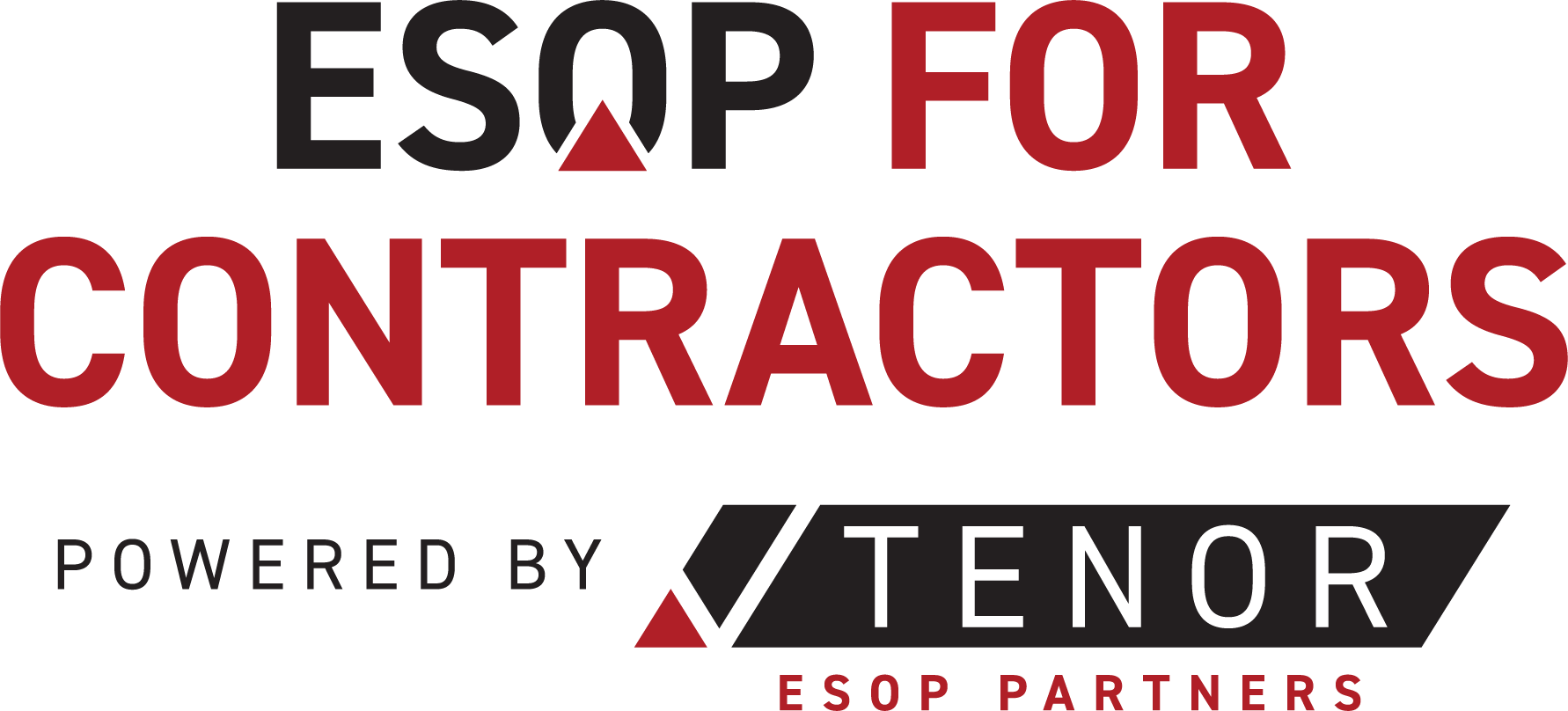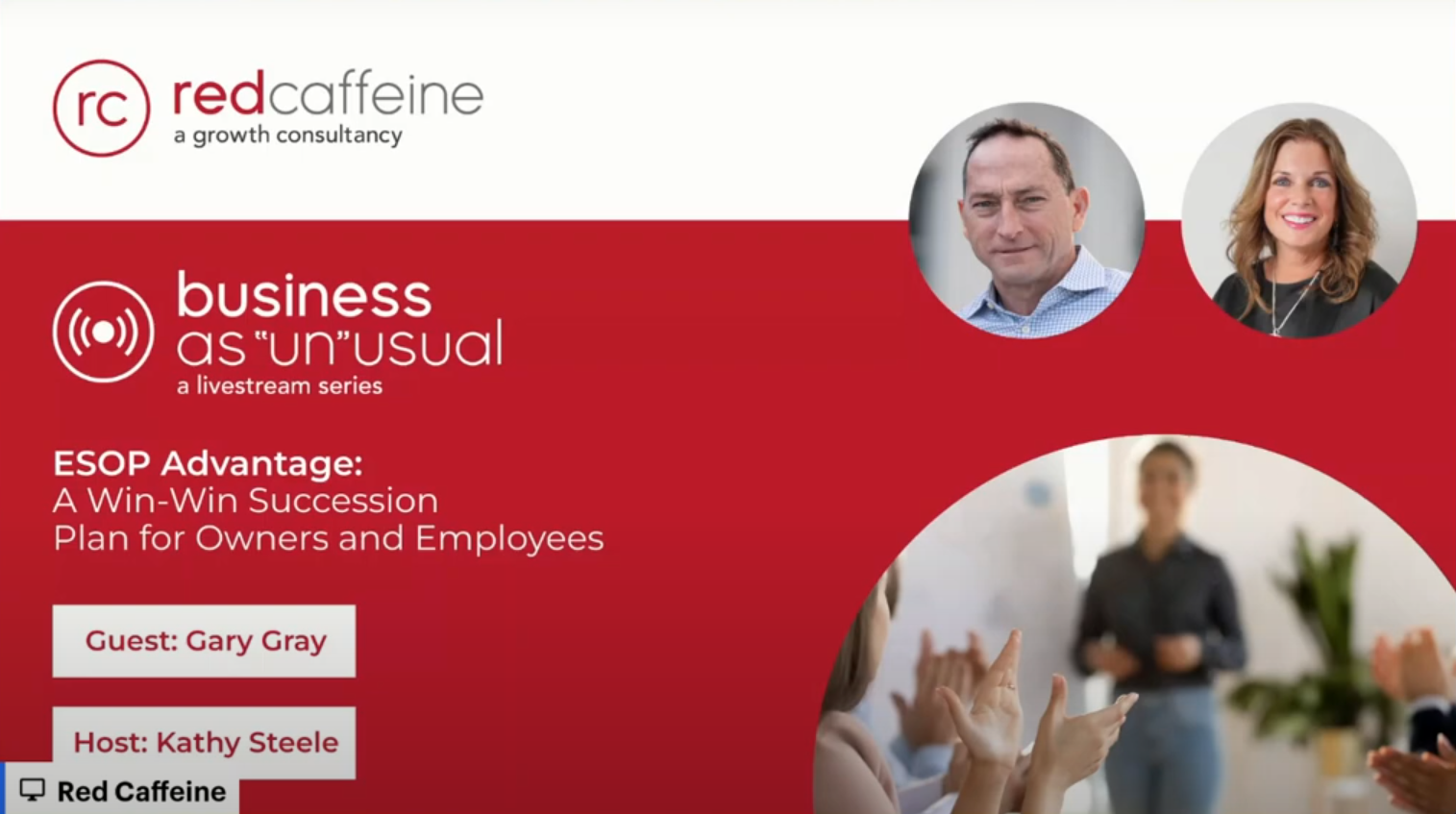Time to read: 18 minutes
Operational Continuity Under Employee Ownership
Introduction: The Continuity Challenge in Contractor Transitions
Ownership transitions in contracting businesses create inherent risks to operational continuity. Project timelines, client relationships, employee productivity, and quality standards can all suffer during poorly managed transitions. When operations falter during ownership changes, the business value deteriorates precisely when maintaining that value matters most.
Employee ownership plans offer distinct advantages for maintaining operational continuity compared to other transition approaches. While employee ownership provides well-documented financial and tax benefits, their operational continuity advantages often prove equally valuable for contracting businesses, where project delivery and client relationships directly impact company value.
This analysis examines how successful employee-owned contractors maintain operational momentum and client relationships during and after ownership transitions, with specific strategies tailored to different contracting sectors.
Core Continuity Advantages of Employee Ownership Transitions
Several fundamental characteristics of employee ownership transitions create inherent continuity advantages compared to alternative approaches:
Gradual Leadership Evolution vs. Abrupt Change
Unlike external sales that often bring immediate leadership changes, employee ownership transitions typically allow for gradual leadership evolution:
The selling owner often remains actively involved for 3-5 years post-transaction, progressively delegating responsibilities while maintaining strategic oversight. This extended involvement allows for methodical knowledge transfer, relationship transitions, and cultural preservation.
Management continuity through the transition preserves institutional knowledge about clients, projects, and operational systems. This continuity proves particularly valuable for contracting businesses, where relationships and specialized knowledge significantly impact performance.
Leadership development becomes more methodical under employee ownership structures, with formal succession planning and intentional mentoring programs that prepare next-generation leaders while maintaining operational consistency.
Operational System Preservation
Successful employee ownership transitions emphasize system preservation and enhancement rather than replacement:
Established estimating and project management systems remain intact rather than being replaced by acquirer systems, as often occurs in strategic sales. This continuity prevents the disruption, retraining requirements, and potential errors that system changes typically create.
Quality control and safety programs maintain consistency, preserving hard-won standards and certifications that distinguish successful contractors. This continuity directly impacts project outcomes, insurance costs, and prequalification status.
Vendor and subcontractor relationships continue uninterrupted, maintaining the supply chain reliability that directly affects project performance. This relationship continuity proves particularly valuable in today's challenging material and labor market conditions.
Client Relationship Stability
Client confidence during transitions significantly impacts contracting business value:
Employee ownership transitions typically emphasize client relationship preservation as a core priority, with structured communication plans that maintain confidence through the ownership change. These plans address the specific concerns clients typically express during contractor transitions.
Progressive client relationship transfers occur over extended periods, allowing for trust development with new leadership while maintaining established connections. This methodical approach prevents the relationship disruptions that often accompany abrupt ownership changes.
Enhanced client focus often emerges as employee-owners recognize how client satisfaction directly impacts company value and their personal financial outcomes through the employee ownership plan. This heightened attention frequently improves client experiences during and after the transition.
Sector-Specific Continuity Strategies
While core continuity principles apply broadly, successful employee-owned contractors implement sector-specific strategies that address their unique operational requirements:
Commercial General Contractors
Commercial contractors face distinct continuity challenges during ownership transitions:
Project Lifecycle Management: Commercial projects often span multiple years from preconstruction through completion, creating potential disruption points during ownership changes. Successful employee-owned commercial contractors implement several specific continuity strategies:
- Project team preservation commitments that maintain key personnel on active projects through completion regardless of organizational changes
- Enhanced documentation systems that ensure project knowledge remains accessible despite potential staffing transitions
- Client involvement in continuity planning for major projects, creating transparency that builds confidence during ownership changes
Preconstruction Continuity: Commercial success depends heavily on effective preconstruction services that set projects up for successful execution:
- Estimating system preservation maintains consistency in how projects are priced and planned
- Design management approach continuity ensures architectural and engineering relationships remain productive
- Value engineering methodology preservation maintains the processes that create competitive advantages in project planning
Business Development Relationship Transfer: Commercial contractors rely heavily on relationship-driven business development for project acquisition:
- Structured business development transition plans progressively shift client relationships from the selling owner to next-generation leaders
- Client relationship management systems document preferences, history, and relationship nuances to preserve knowledge typically held by the owner
- Team selling approaches involve multiple leaders in client relationships, reducing dependence on any individual
Specialty Trade Contractors
Specialty contractors implement specific continuity strategies addressing their unique operational characteristics:
Technical Knowledge Preservation: Specialty success depends heavily on technical expertise often concentrated in key individuals:
- Knowledge documentation initiatives capture specialized techniques, troubleshooting approaches, and installation methods
- Cross-training programs distribute technical knowledge across multiple team members, reducing key person dependencies
- Technical standards documentation preserves quality expectations that might otherwise deteriorate during leadership changes
Service Division Continuity: For specialty contractors with service operations, maintaining these recurring revenue streams proves particularly important:
- Service agreement management systems preserve recurring maintenance relationships that drive consistent revenue
- Service dispatcher continuity maintains the scheduling efficiency and client preference knowledge that impacts customer satisfaction
- Service technician retention strategies preserve the client relationships and system knowledge that reside with field personnel
Project Management Methodology Preservation: Specialty success depends on efficient project execution within general contractor schedules:
- Project management system documentation preserves the coordination approaches that drive efficient scheduling and resource allocation
- Submittal and documentation process continuity maintains the information flow critical for specialty contractor performance
- Quality control procedure preservation ensures consistent field performance despite potential leadership changes
Heavy Civil/Infrastructure Contractors
Civil contractors implement continuity strategies that address their equipment-intensive, logistics-focused operations:
Equipment Program Continuity: Civil contractors depend heavily on equipment fleet management for operational success:
- Equipment replacement program continuity maintains the capital investment approach that supports operational capabilities
- Maintenance system preservation ensures equipment reliability through the transition period and beyond
- Operator assignment consistency maintains the equipment-operator matching that optimizes productivity and minimizes maintenance issues
Project Pursuit Continuity: Public infrastructure work typically involves complex pursuit processes that can span multiple years:
- Pursuit strategy continuity maintains the approach to project selection and proposal development
- Agency relationship preservation ensures continuity with public clients who control project opportunities
- Qualification and certification maintenance preserves eligibility for specific project types and sizes
Field Operations Methodology: Civil productivity depends heavily on field operations approaches:
- Production methodology documentation preserves the techniques that drive efficiency in earth moving, utility installation, and other civil operations
- Crew structure continuity maintains the team compositions that optimize productivity
- Field leadership retention ensures operational approaches translate effectively from plans to actual production
Residential Builders
Residential contractors implement specific continuity strategies addressing their consumer-focused operations:
Customer Experience Preservation: Residential success depends heavily on customer experience management:
- Customer communication system continuity maintains the information flow that drives satisfaction
- Warranty process preservation ensures consistent response to post-completion issues
- Design and selection process continuity maintains the approach to customer preference integration
Production System Maintenance: Production efficiency drives residential profitability:
- Schedule management system preservation maintains the workflow that drives efficient resource utilization
- Trade contractor relationship continuity ensures consistent subcontractor performance
- Quality control approach preservation maintains the standards that drive customer satisfaction and warranty cost control
Land Position and Development Pipeline: Residential success depends on land inventory management:
- Land acquisition strategy continuity maintains the approach to inventory development that supports future growth
- Entitlement process preservation ensures consistent management of the regulatory approvals that create building opportunities
- Development phasing approach continuity maintains the methodology that drives efficient capital utilization
Implementation Keys for Optimal Continuity
Contractors seeking to maximize operational continuity through employee ownership transitions should consider several proven implementation strategies:
Formal Continuity Planning
The most successful employee ownership transitions include specific continuity planning components:
- Operational continuity assessments that identify potential vulnerability points requiring specific attention
- Documented continuity plans with assigned responsibilities, timelines, and success metrics
- Regular continuity plan reviews that track progress and address emerging challenges
Management Incentive Structures
Retention of key operational leaders proves essential for continuity preservation:
- Stay bonus programs that incentivize continued employment through critical transition periods
- Performance-based incentives aligned with specific continuity metrics
- Management equity programs that supplement employee ownership with additional upside potential for key leaders
Client Communication Strategy
Strategic client communication significantly impacts operational continuity:
- Tiered communication plans that address different client categories with appropriate timing and messaging
- Joint owner/successor client meetings that facilitate relationship transitions
- Ongoing communication programs that provide regular updates throughout the transition process
Conclusion: The Continuity Advantage
Operational continuity directly impacts contracting business value during ownership transitions. Employee ownership structures offer inherent advantages for maintaining this continuity compared to alternative transition approaches, particularly when implemented with sector-specific strategies that address unique operational requirements.
By understanding the specific continuity challenges within their contracting sector and implementing proven preservation strategies, contractors can leverage the employee ownership model to maintain operational momentum through ownership transitions. This continuity not only preserves business value during the critical transition period but often enhances performance as employee-owners engage more deeply in operational success.
For contracting business owners considering transition options, the operational continuity advantages of employee ownership represent a significant benefit beyond the financial and tax advantages typically associated with employee ownership. When properly implemented with attention to sector-specific continuity requirements, employee ownership creates transitions that clients, employees, and owners experience as evolutionary rather than disruptive—preserving the operational excellence that created business value in the first place.
How to get started
Getting started with an Employee Stock Ownership Plan (ESOP) can transform your contracting business, unlocking potential for growth and ensuring lasting value for everyone involved. At ESOP for Contractors, we understand the intricacies of the process, from assessing your company's current status to designing a tailored ESOP that aligns with your goals.
Our leadership team knows firsthand how to create winning strategies that benefit both owners and team members alike. If you're curious about how an ESOP could enhance your business's future, we invite you to reach out for a free consultation. Let’s explore how we can help you achieve sustainable success together!

Gary Gray, Founder
Book a Free Consultation
Interested in a free consultation for your contracting business? Send us a message - We’re here to help.
Thank you for contacting us! We’ve received your message and will get back to you as soon as possible. If you need immediate assistance please call us at 404-849-0244.
Please try again later















